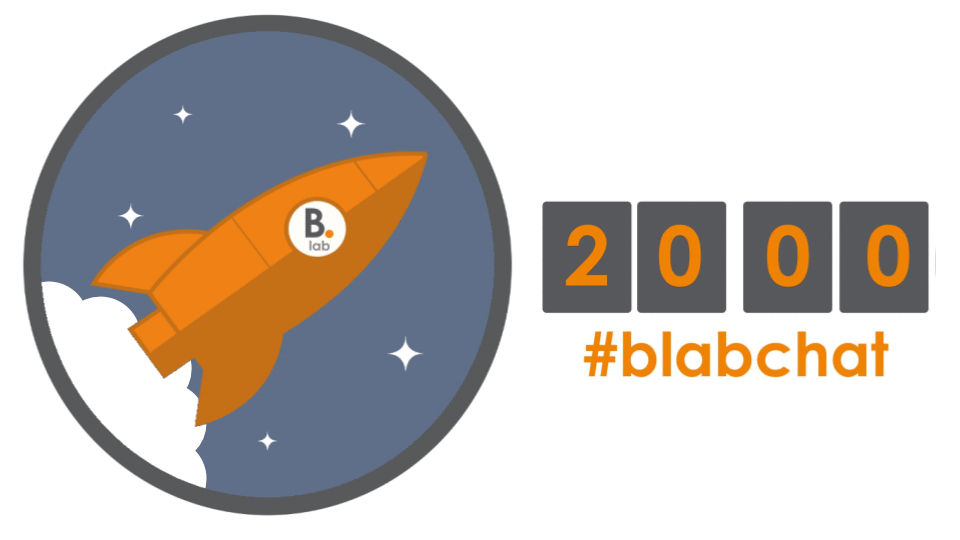“Achieving good design is about creating places, buildings, or spaces that work well for everyone, look good, last well, and will adapt to the needs of future generations.”
Ministry of Housing, Communities & Local Government
June the 1st was International Service Design Day and saw design communities from around the world coming together to discuss service design. The discussions will no doubt continue this Autumn in Toronto during the 12th edition of the Service Design Global Conference. This year, the conference theme is ‘Building Bridges’ and will focus on the role designers can play in connecting organisations with customers as well as governments with citizens.
Over recent years, the popularity of design has lead to more organisations buying into the potential of design to bridge the gap between disciplines, break down silos and find solutions to tricky social challenges.
Following the publication of the UK government’s Housing White Paper, the Design Council published a response outlining the need for a step-change in how we think about and deliver housing development in the UK; a step change that is focused not only on volume and supply, but on high-quality design, people and places.
With human-centered and collaborative practice rapidly creeping up the board room agendas of public and social sector organisations, we thought that for this month’s #blabchat it would be good to discuss the potential of design in placing the needs of people at the centre of policy, products and services in order to unlock solutions to our most pressing social challenges and help to shape the communities in which we live and work.
If this sounds like a topic that interests you we would love you to join the conversation. Remember, label your answers A1, A2, A3, etc and most importantly, don't forget to use #blabchat when you respond, even if it’s replying to someone else's tweet.
Join us for some thought-provoking chat on Thursday 6th June from 8 pm and don’t forget to tell your friends!
Following #blabchat we will be publishing our usual round-up of the conversation inline with our Editorial Guidelines.
---






